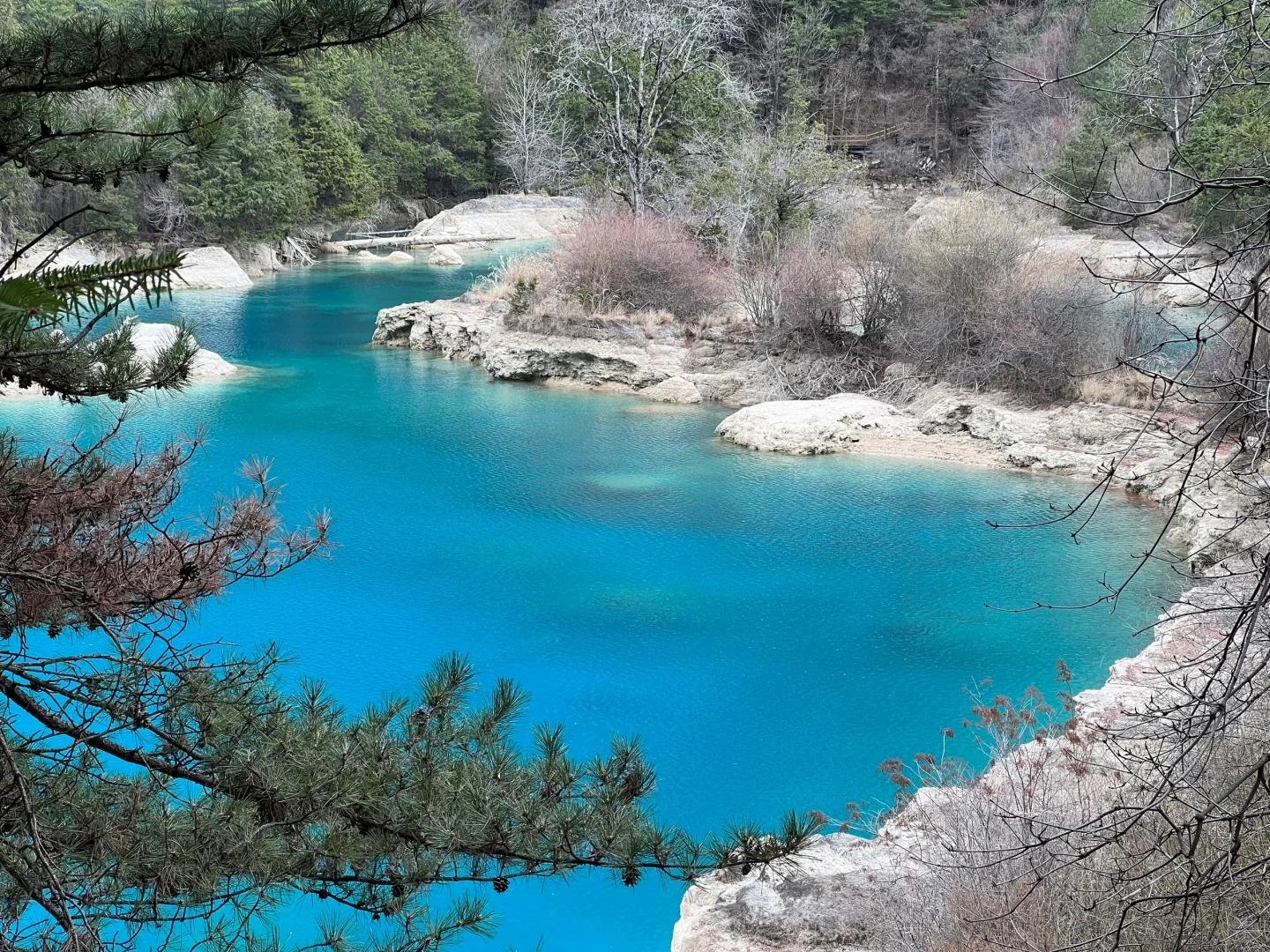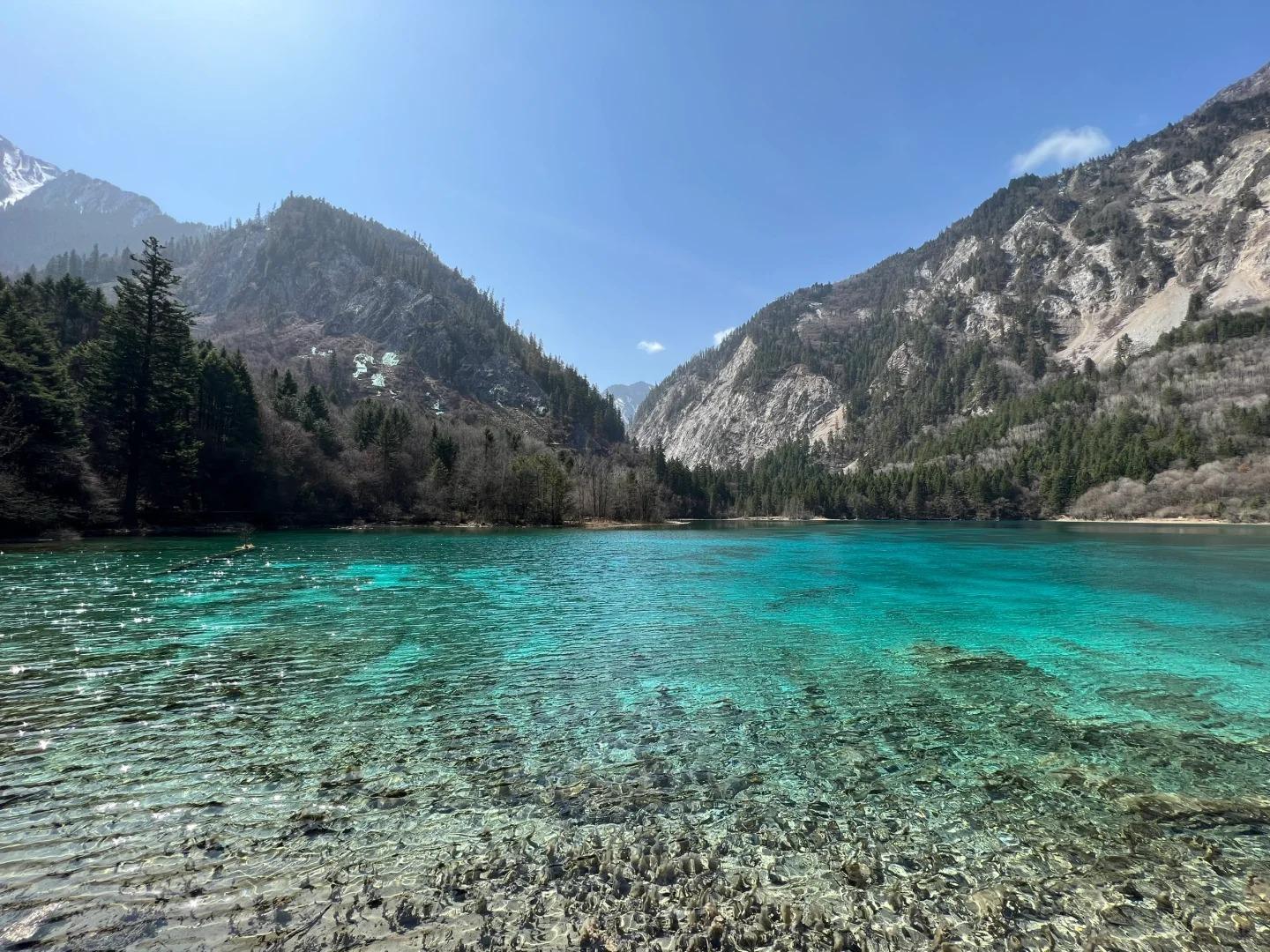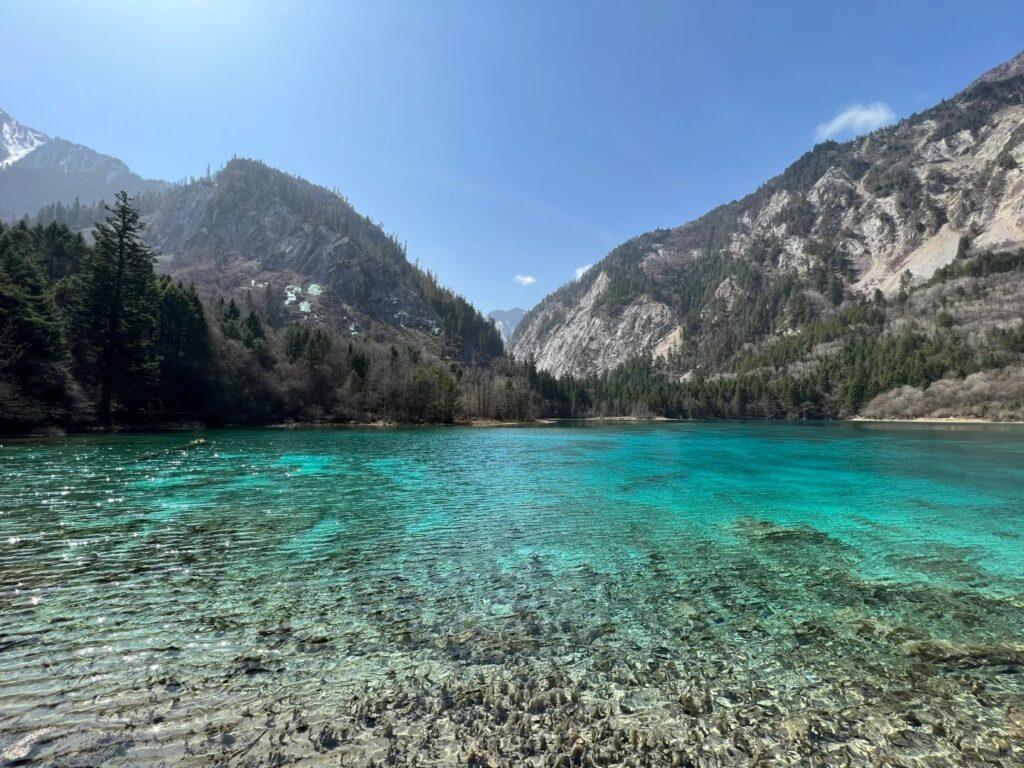Visiting Information
| Information | Details |
|---|---|
| Chinese Name | 九寨沟 (Jiǔzhàigōu) |
| Location and Address | Jiuzhaigou County, Aba Tibetan and Qiang Autonomous Prefecture, Sichuan Province, China |
| Opening Time/Hours | 7:00 AM – 7:00 PM (April to November) 8:00 AM – 6:00 PM (December to March) |
| Entrance Fee | CNY 190 (April to November) CNY 80 (December to March) Additional bus fee: CNY 90 |
| How to Get There | By Bus: Take a bus from Chengdu Chadianzi Bus Station to Jiuzhaigou (about 8-10 hours) By Plane: Fly to Jiuzhaigou Huanglong Airport, then take a shuttle bus to the park entrance (about 1.5 hours) By Taxi: Available from nearby towns, but expensive for long distances |
| Best Time for Visit | September to November for autumn colors April to June for lush greenery and waterfalls |
| Contact Info | +86 837 7739753 |
Overview
Jiuzhaigou Valley, located in the north of Sichuan Province, China, is a nature reserve and national park known for its stunning natural beauty. The name “Jiuzhaigou” means “Nine Village Valley,” referring to the nine Tibetan villages that once existed in the area. This UNESCO World Heritage Site is renowned for its colorful lakes, multi-level waterfalls, snow-capped mountains, and diverse wildlife.
Historical Background
The area has been inhabited by various Tibetan and Qiang peoples for centuries. It was relatively unknown to the outside world until its discovery by Chinese government surveyors in 1972. Recognizing its exceptional natural beauty, Jiuzhaigou was established as a national park in 1982 and gained UNESCO World Heritage status in 1992. The park has since become one of China’s most popular natural attractions, drawing millions of visitors annually.
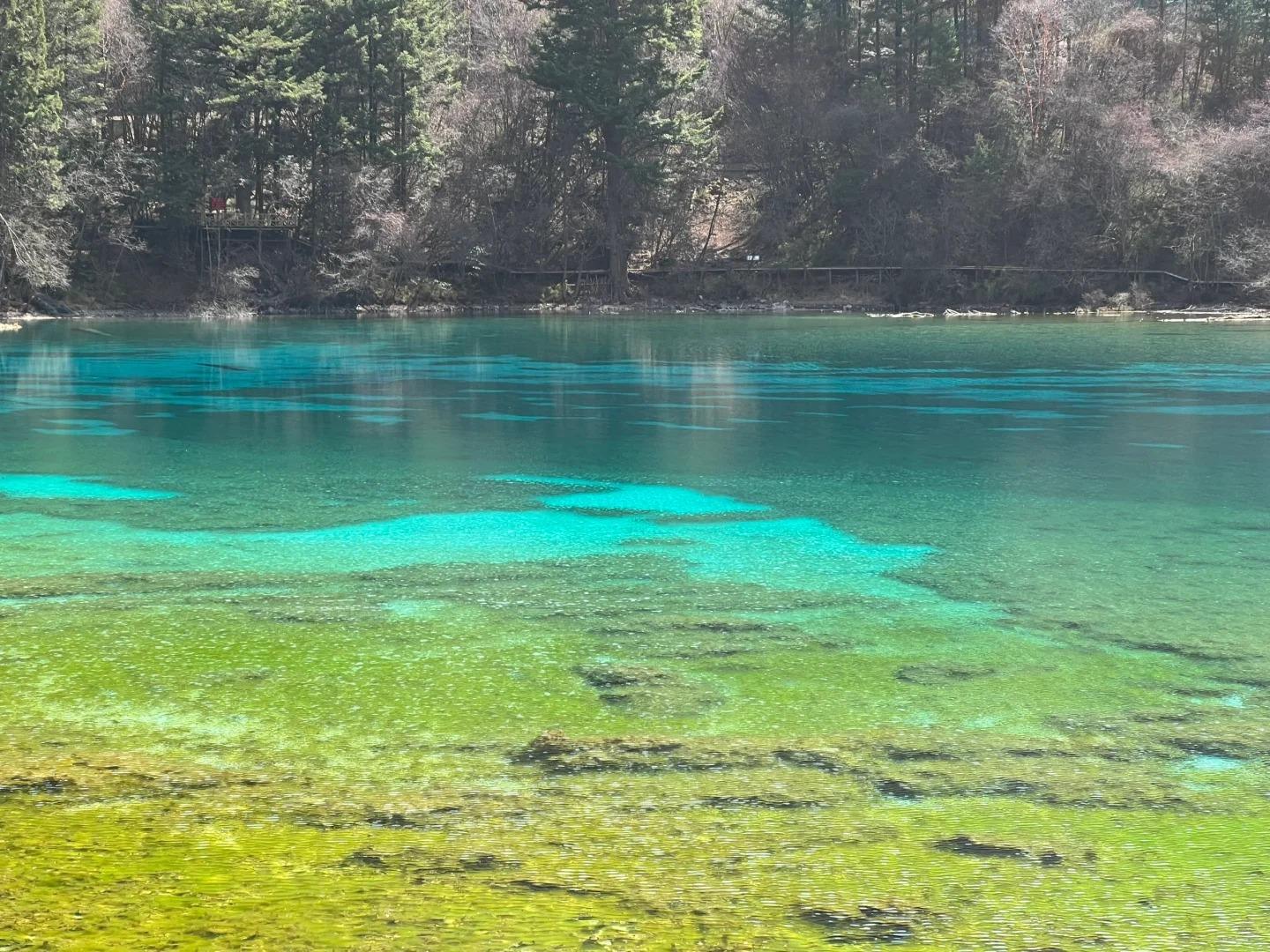
Natural Features
- Colorful Lakes: Jiuzhaigou is famous for its numerous lakes with vibrant blue, green, and turquoise hues. The most famous include Five Flower Lake, known for its multi-colored underwater landscape, and Mirror Lake, which offers perfect reflections of the surrounding mountains.
- Waterfalls: The valley boasts several spectacular waterfalls, including the 320-meter-wide Nuorilang Waterfall and the 78-meter-high Pearl Shoal Waterfall. These cascades create a mesmerizing display of water and mist throughout the seasons.
- Pristine Forests: The park is covered in lush, primeval forests that change colors dramatically with the seasons. The autumn foliage, in particular, attracts photographers and nature enthusiasts from around the world.
- Diverse Wildlife: Jiuzhaigou is home to numerous rare and endangered species, including the giant panda, Sichuan takin, and golden snub-nosed monkey. The park’s ecosystem supports a rich biodiversity of flora and fauna.
Cultural Importance
Jiuzhaigou Valley holds significant cultural importance, particularly for the Tibetan and Qiang communities that have inhabited the region for generations. The area is steeped in Tibetan and Qiang folklore, with many natural features having associated legends and spiritual significance. Although most of the original nine Tibetan villages no longer exist in their traditional form, the park still preserves aspects of local culture, including traditional architecture, customs, and religious practices.
Surrounding Attractions
- Huanglong National Park: Located about 100 kilometers from Jiuzhaigou, Huanglong is another UNESCO World Heritage Site known for its colorful travertine pools, snow-capped peaks, and diverse forest ecosystems. It’s often combined with a visit to Jiuzhaigou.
- Munigou Valley: Less crowded than Jiuzhaigou, Munigou Valley offers similar scenic beauty with colorful lakes, waterfalls, and forests. It’s an excellent alternative for those seeking a more tranquil nature experience.
- Songpan Ancient Town: This historic town, located en route from Chengdu to Jiuzhaigou, offers a glimpse into the area’s rich history. It features well-preserved city walls, traditional architecture, and a blend of Tibetan, Muslim, and Han Chinese cultures.
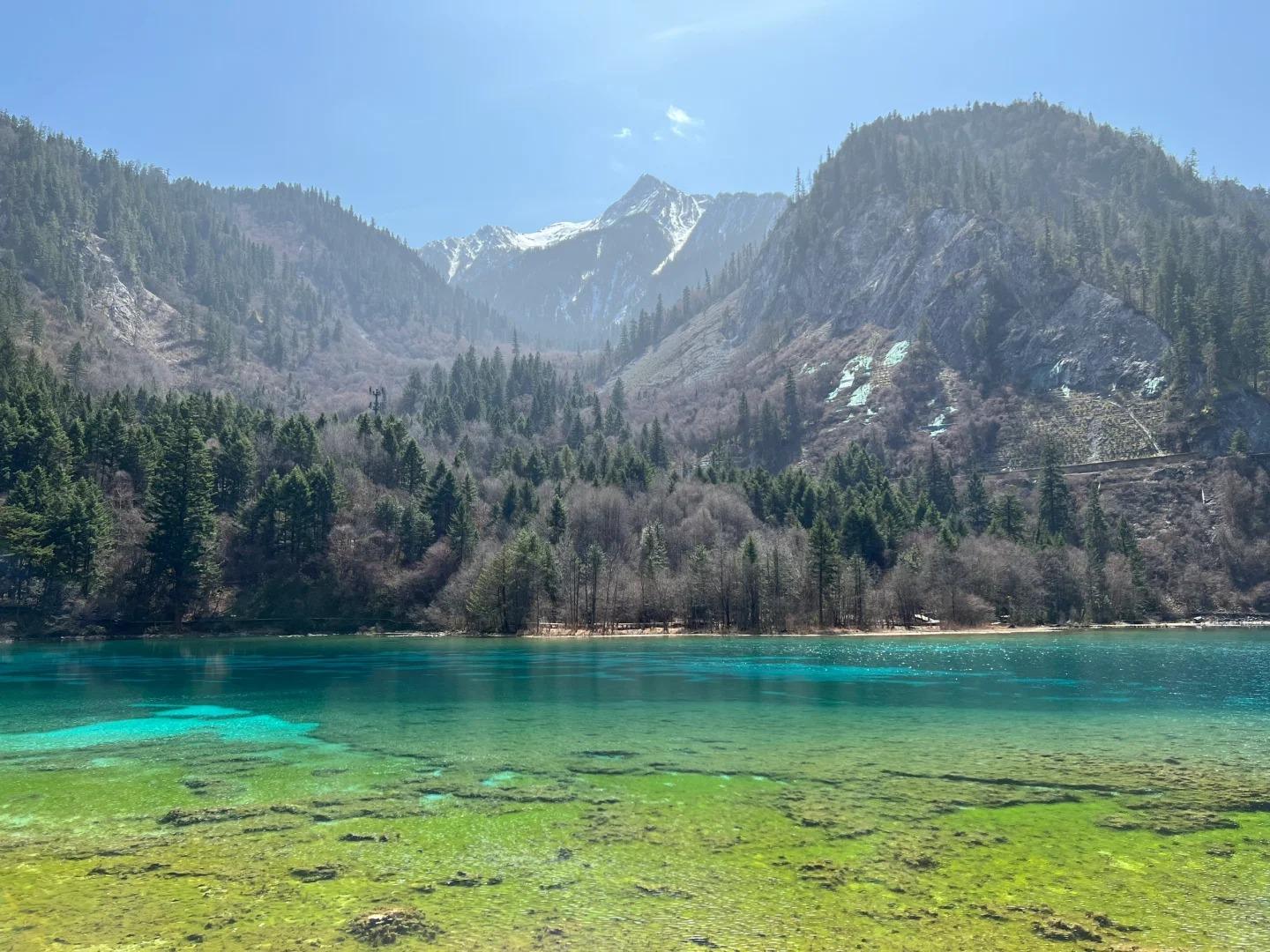
Photography Opportunities
- Colorful Lakes: The various lakes in Jiuzhaigou, with their vivid colors and crystal-clear waters, offer endless opportunities for stunning landscape photography. Early morning often provides the best conditions with calm waters for perfect reflections.
- Autumn Scenery: The fall season, typically from mid-October to early November, transforms the valley into a riot of colors. The combination of golden and red foliage with the turquoise lakes creates breathtaking photo opportunities.
- Waterfalls: The numerous waterfalls in the park, especially Nuorilang and Pearl Shoal, offer dynamic subjects for photography. Experimenting with different shutter speeds can capture the water’s movement in various artistic ways.
- Wildlife: While challenging, patient photographers may have the opportunity to capture images of the park’s diverse wildlife, including various bird species and, if extremely lucky, some of the park’s rarer mammals.
Modern Importance
- Ecological Conservation: Jiuzhaigou plays a crucial role in preserving unique ecosystems and endangered species. Its protected status helps maintain biodiversity and serves as a model for ecological conservation in China.
- Scientific Research: The park serves as an important site for scientific research on geology, hydrology, and ecology. Its unique karst formations and water systems are of particular interest to researchers.
- Sustainable Tourism: Jiuzhaigou has become a model for sustainable tourism development in China. The park implements strict environmental protection measures while accommodating millions of visitors annually, balancing conservation with tourism.
- Economic Impact: The park has become a significant driver of the local economy, providing employment opportunities and promoting the development of the surrounding region. It has helped to improve living standards for local communities while preserving their cultural heritage.
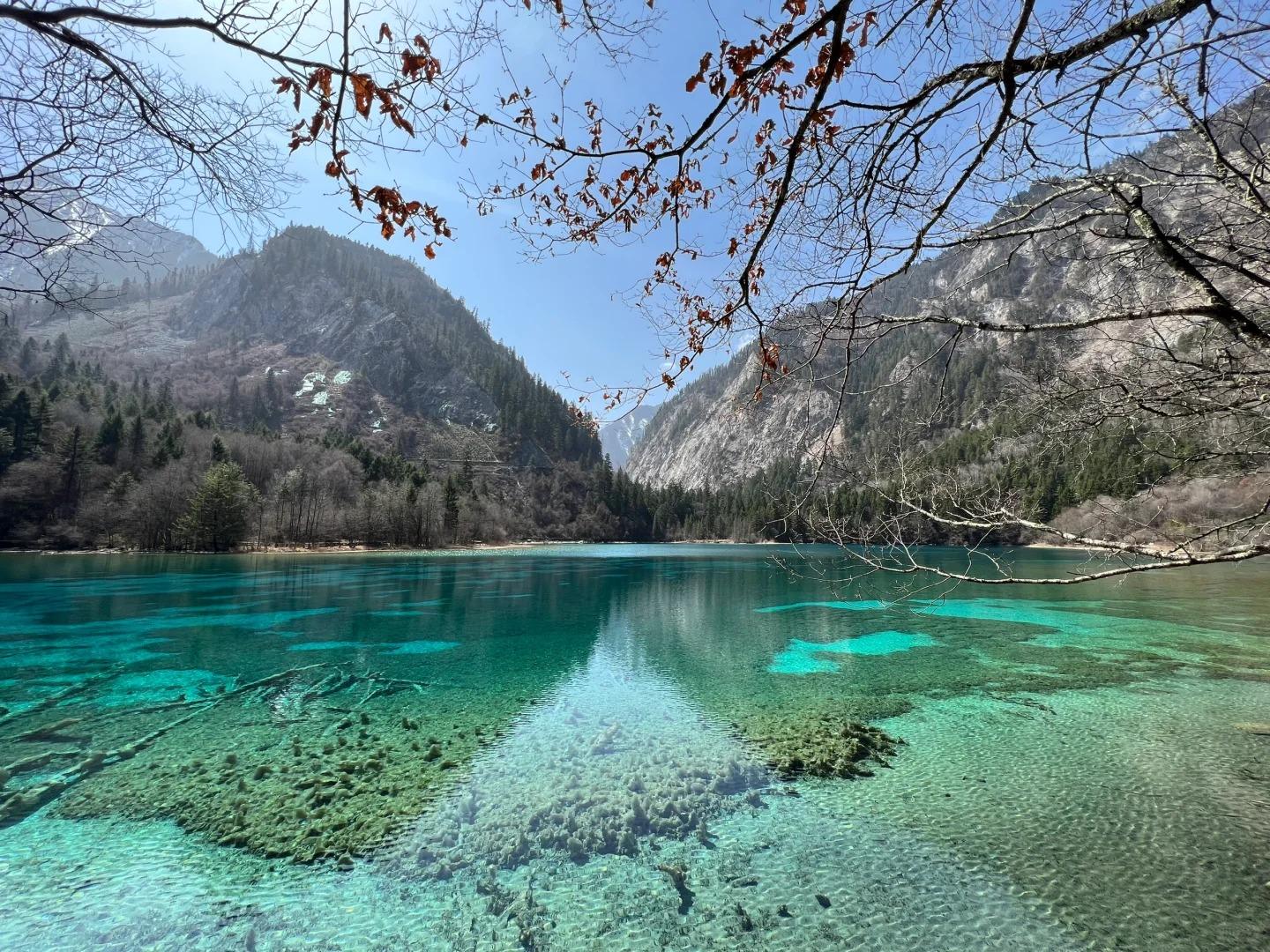
FAQ
- What is Jiuzhaigou Valley famous for?
Jiuzhaigou Valley is famous for its stunning natural beauty, particularly its colorful lakes, multi-level waterfalls, snow-capped mountains, and pristine forests. It’s also known for its rich biodiversity and as a habitat for endangered species like the giant panda. - What’s inside Jiuzhaigou Valley?
Inside Jiuzhaigou Valley, you’ll find a variety of natural wonders including numerous colorful lakes (like Five Flower Lake and Mirror Lake), spectacular waterfalls (such as Nuorilang and Pearl Shoal), lush forests, snow-capped peaks, and diverse wildlife. The park also includes some traditional Tibetan villages. - Is Jiuzhaigou Valley free?
No, Jiuzhaigou Valley is not free to visit. There is an entrance fee that varies by season: CNY 190 from April to November, and CNY 80 from December to March. There’s also an additional bus fee of CNY 90 for transportation within the park. - Is Jiuzhaigou Valley worth visiting?
Yes, Jiuzhaigou Valley is definitely worth visiting. It offers some of the most stunning natural scenery in China and is often described as a fairytale landscape. Its unique ecosystem, colorful lakes, and waterfalls provide unforgettable experiences for nature lovers and photographers. - What to do in Jiuzhaigou Valley?
In Jiuzhaigou Valley, you can take scenic walks or bus rides to view the colorful lakes and waterfalls, enjoy photography, observe wildlife, learn about local Tibetan culture, and hike in the surrounding mountains. There are also boat rides available on some of the larger lakes. - How do I get to Jiuzhaigou Valley in the local city?
The nearest major city to Jiuzhaigou Valley is Chengdu. From Chengdu, you have several options:
1. Fly to Jiuzhaigou Huanglong Airport (1 hour flight), then take a shuttle bus to the park entrance (1.5 hours).
2. Take a long-distance bus from Chengdu Chadianzi Bus Station to Jiuzhaigou (8-10 hours).
3. Join an organized tour from Chengdu, which often includes transportation and accommodation. - How to visit Jiuzhaigou Valley?
To visit Jiuzhaigou Valley:
1. Plan your trip, ideally allowing 2-3 days to fully explore the park.
2. Book your transportation and accommodation in advance, especially during peak seasons.
3. Upon arrival, purchase your entrance ticket and bus pass.
4. Use the park’s eco-friendly buses to move between different scenic spots.
5. Follow the designated paths and respect the natural environment.
6. Consider hiring a guide for more in-depth information about the park’s features and ecology.
7. Be prepared for altitude effects as the park is at a high elevation.
8. Visit early in the morning for the best views and fewer crowds.


